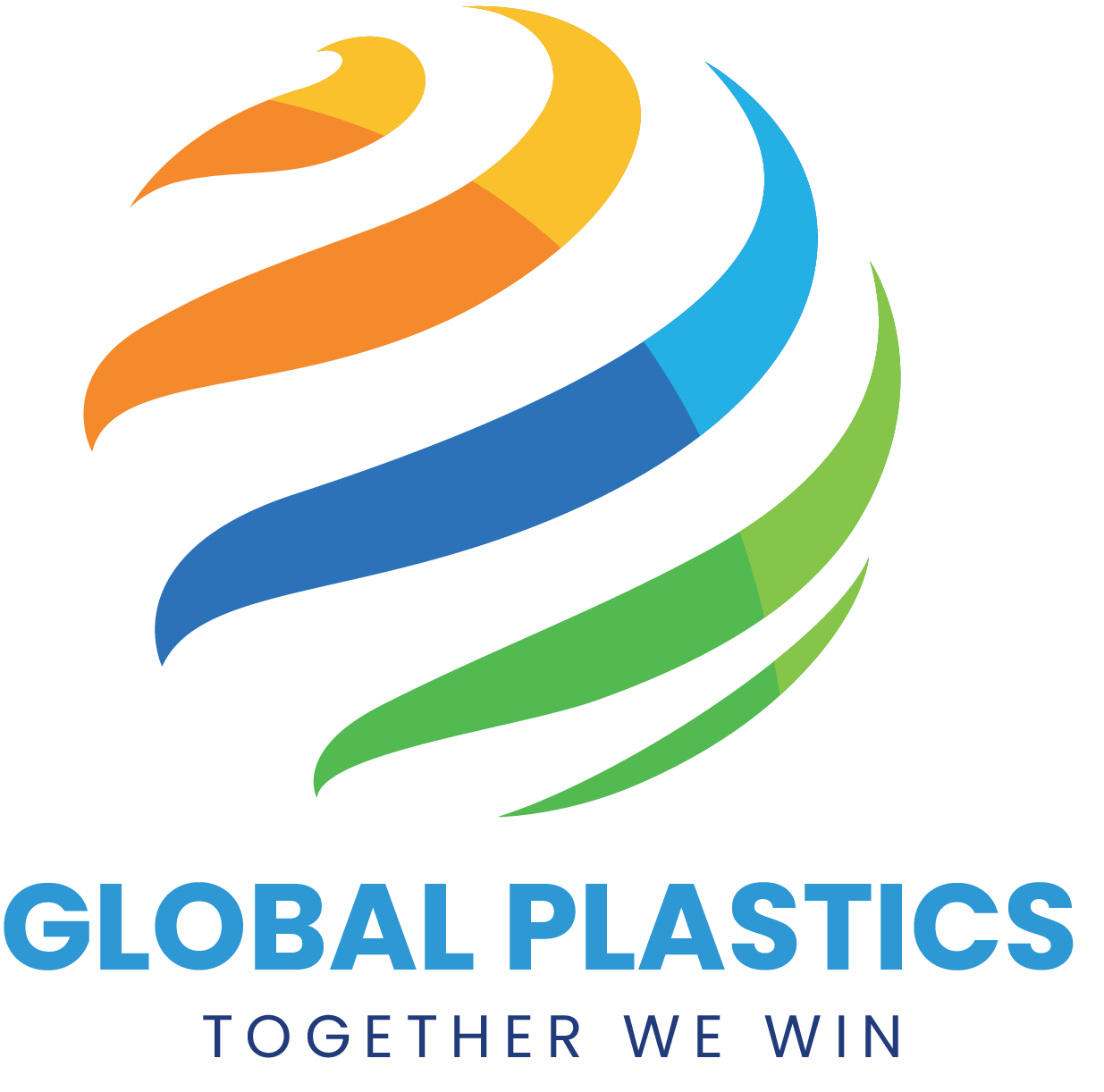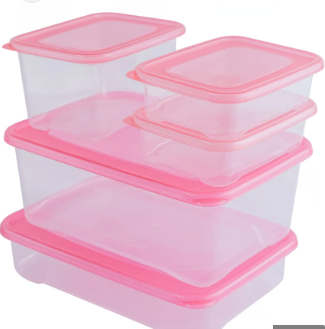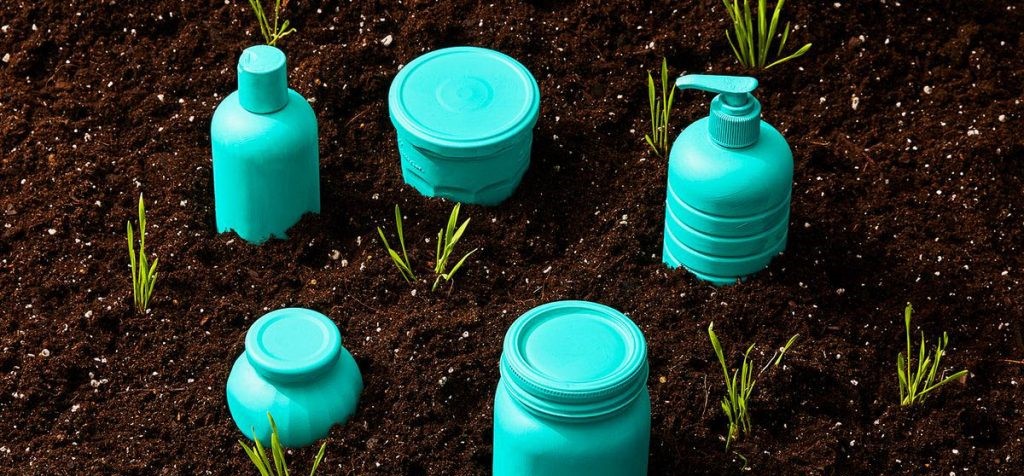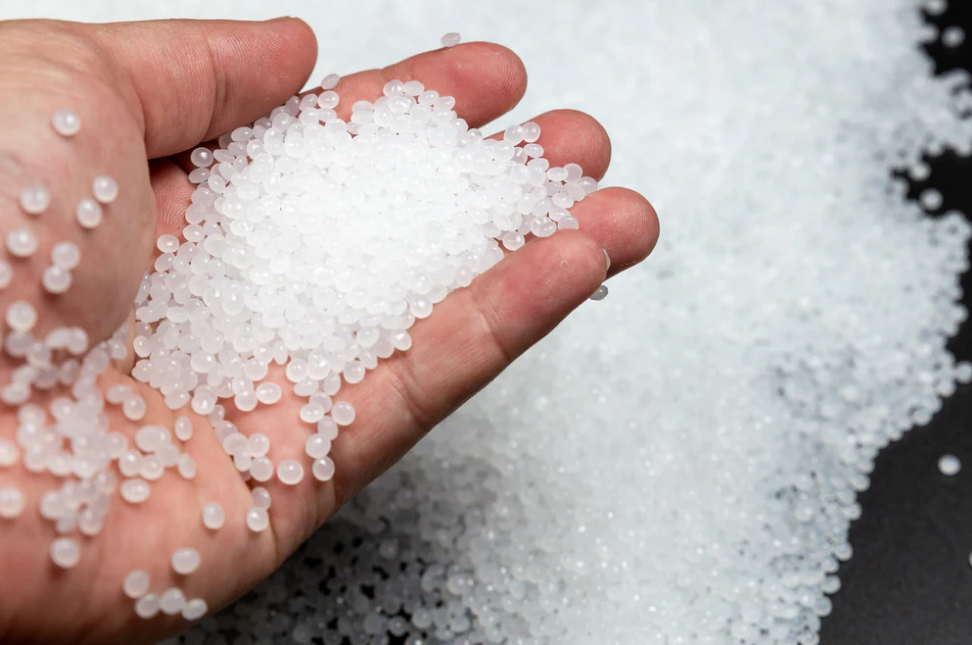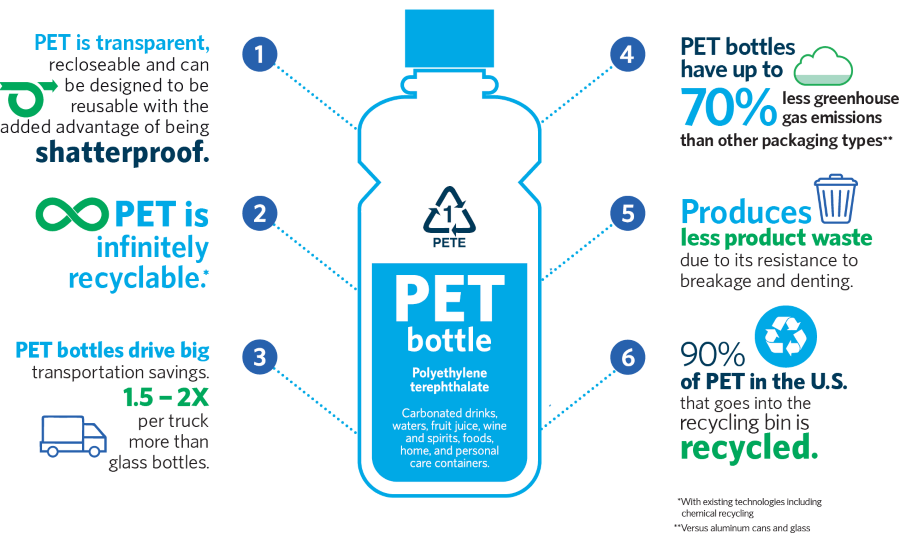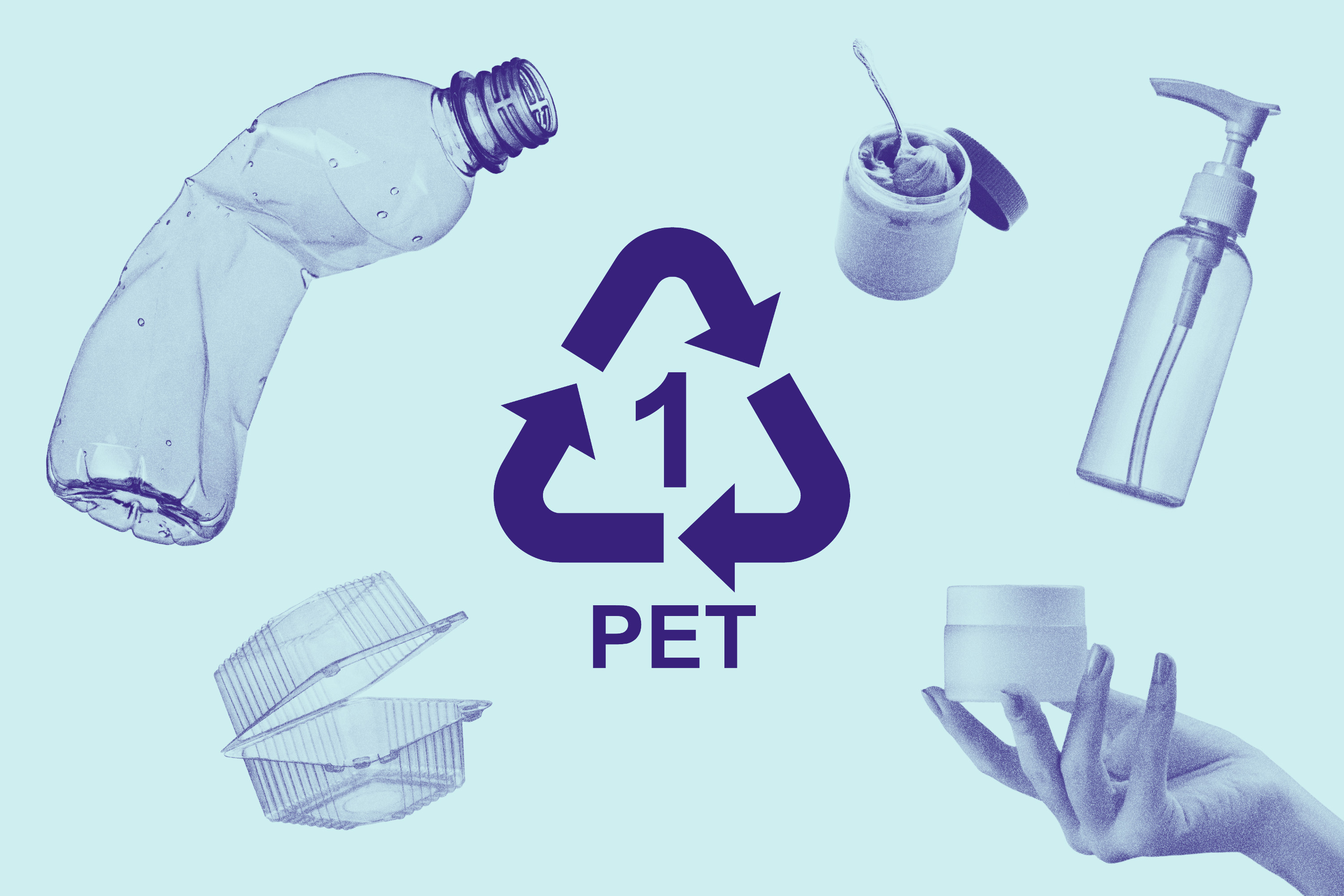PET, or Polyethylene Terephthalate, is a versatile thermoplastic polyester with a wide range of applications. However, not all PET is created equal. This article will explore the different types of PET plastic and their unique characteristics.
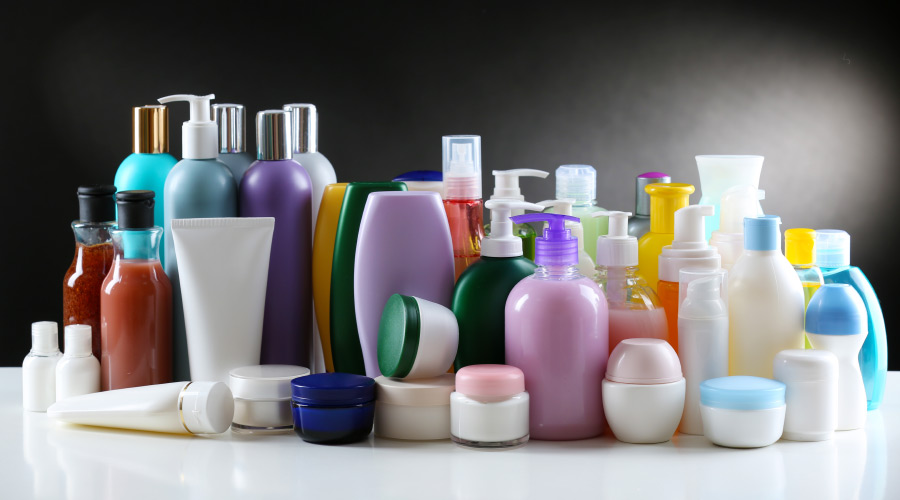
Amorphous PET (A-PET)
Characteristics:
Characterized by a disordered molecular structure, resulting in high transparency and clarity.
Exhibits good gas barrier properties and is typically used for applications requiring high clarity and aesthetics.
Applications:
Widely used for food and beverage packaging, such as soda bottles, water bottles, and food containers.
Also used in the production of films, sheets, and fibers.
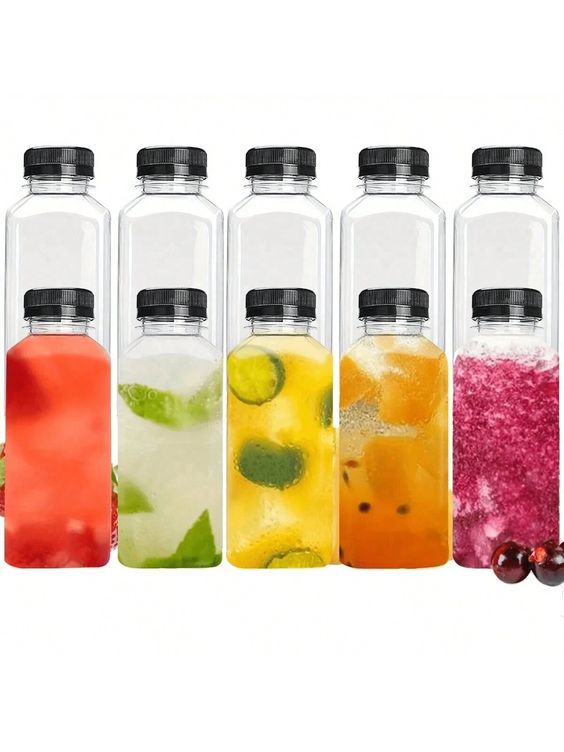
Crystalline PET (C-PET)
Characteristics:
Exhibits a highly ordered molecular structure, resulting in increased strength, stiffness, and heat resistance compared to A-PET.
Generally less transparent than A-PET.
Applications:
Used in engineering applications, such as automotive parts, electronic components, and industrial packaging.
Also used for the production of high-performance fibers, such as those used in bulletproof vests.
Recycled PET (R-PET)
Characteristics:
Derived from post-consumer PET waste, such as discarded bottles and containers.
Offers environmental benefits by reducing plastic waste and conserving resources.
May have slight variations in properties compared to virgin PET, depending on the quality of the recycled material.
Applications:
Widely used in the production of new PET bottles, fibers, and other products.
Increasingly used in various applications, driven by growing consumer demand for sustainable products.
Glycol-Modified PET (G-PET)
Characteristics:
Produced by modifying the chemical structure of PET through the incorporation of different glycols.
This modification can improve properties such as impact resistance, flexibility, and processability.
Applications:
Used in applications requiring enhanced impact resistance, such as automotive parts and sports equipment.
Also used in the production of films and sheets with improved flexibility and processability.
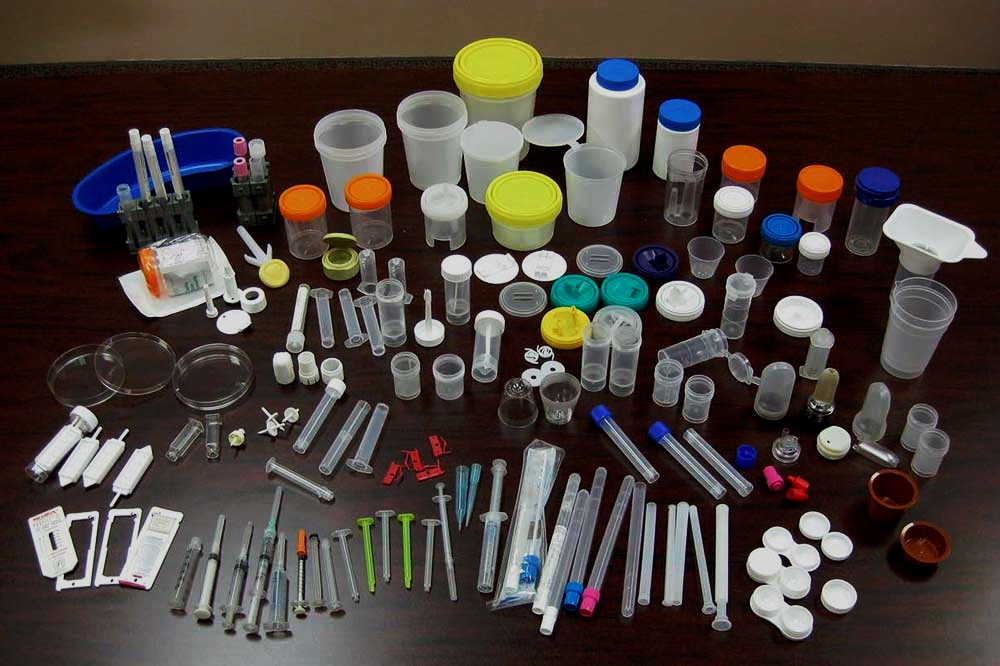
Biodegradable PET
Characteristics:
Contains additives or undergoes modifications that enable it to degrade more readily in the environment compared to conventional PET.
Can be degraded by microorganisms, such as bacteria and fungi.
Applications:
Used in applications where environmental concerns are paramount, such as single-use packaging and agricultural films.
Research and development efforts are ongoing to improve the performance and cost-effectiveness of biodegradable PET.
Conclusion
This article provides an overview of the different types of PET plastic and their key characteristics. Understanding the unique properties of each type of PET is crucial for selecting the most appropriate material for a given application. As technology advances, new and innovative types of PET are constantly being developed, offering exciting possibilities for future applications.
Disclaimer: This information is for general knowledge and informational purposes only and does not constitute professional advice.
This article provides a general overview of the different types of PET plastic. For specific applications and detailed technical information, it is recommended to consult with a plastics expert or refer to relevant industry standards and guidelines.


